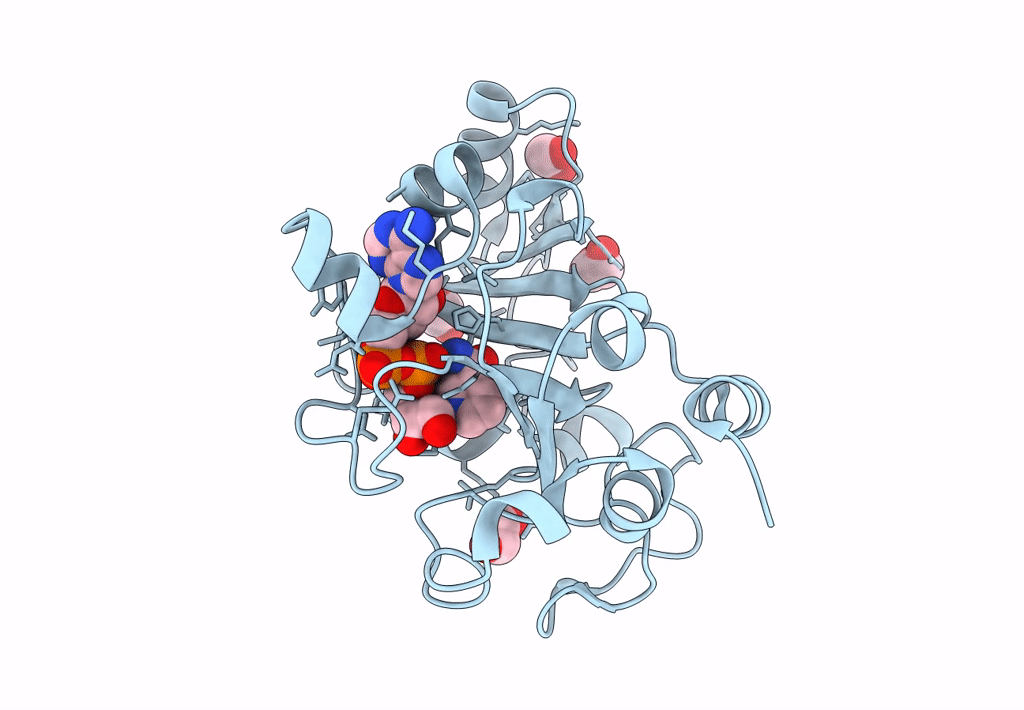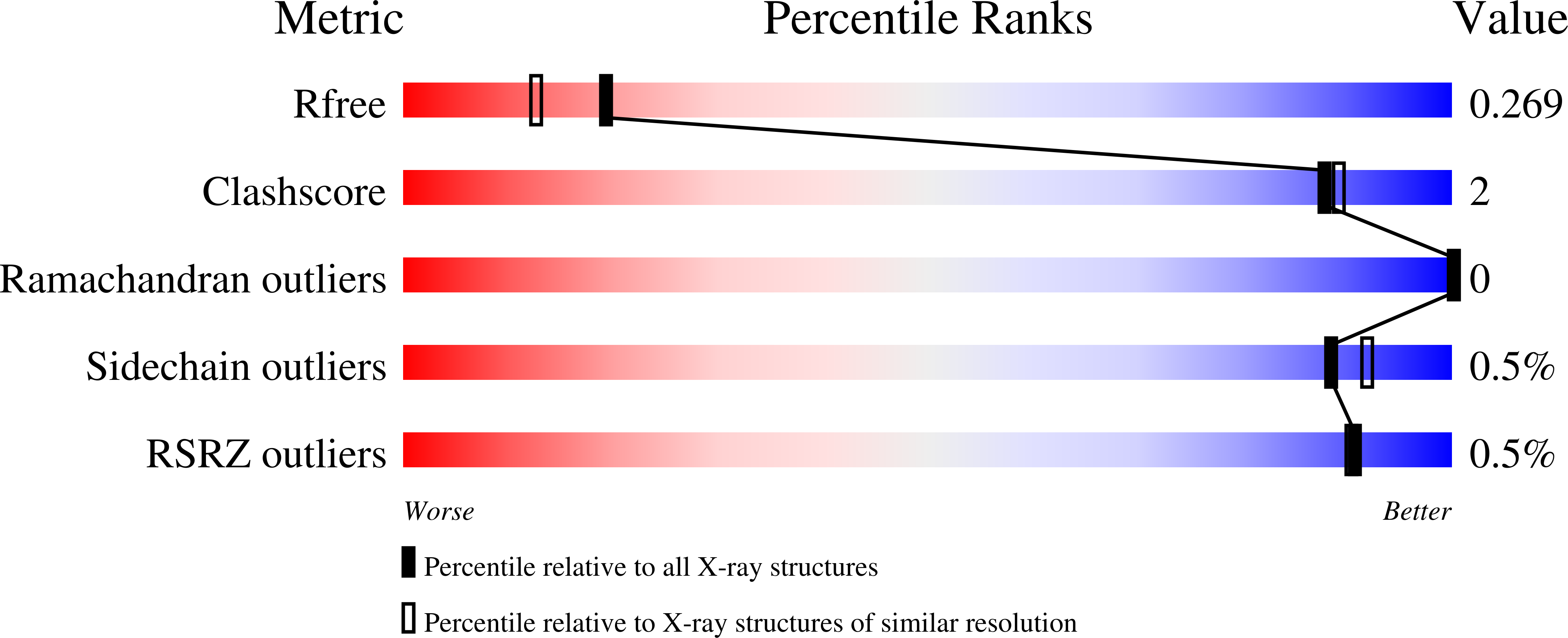
Deposition Date
2022-10-11
Release Date
2023-07-12
Last Version Date
2024-02-07
Method Details:
Experimental Method:
Resolution:
2.00 Å
R-Value Free:
0.24
R-Value Work:
0.19
Space Group:
P 31 2 1


